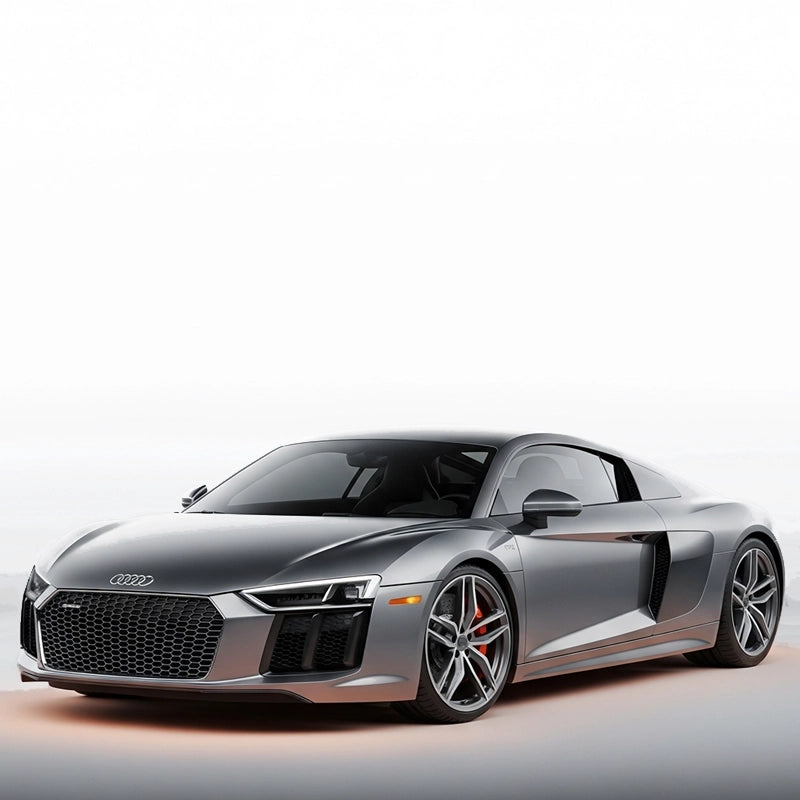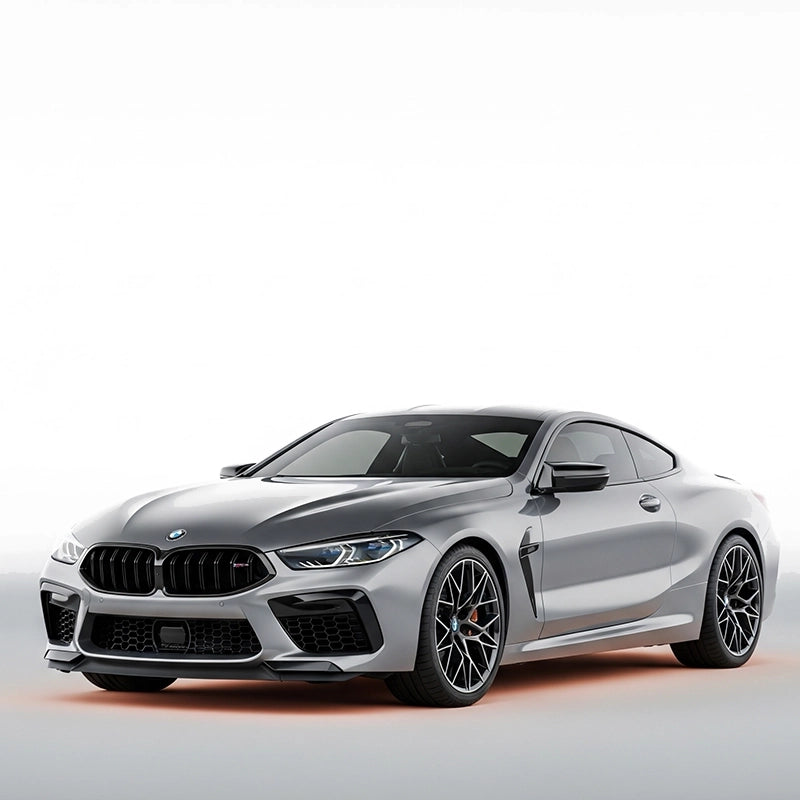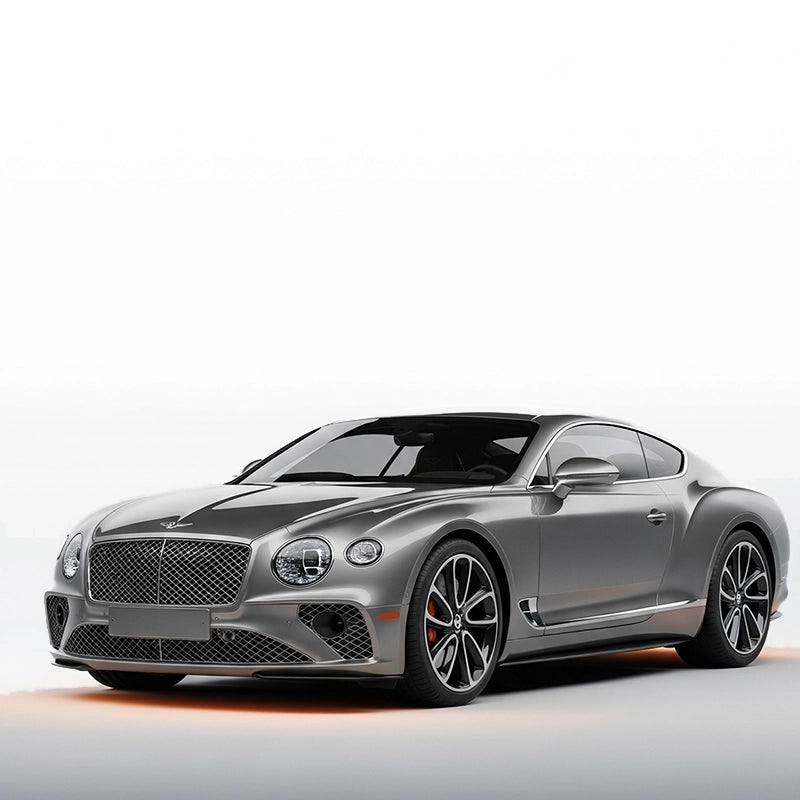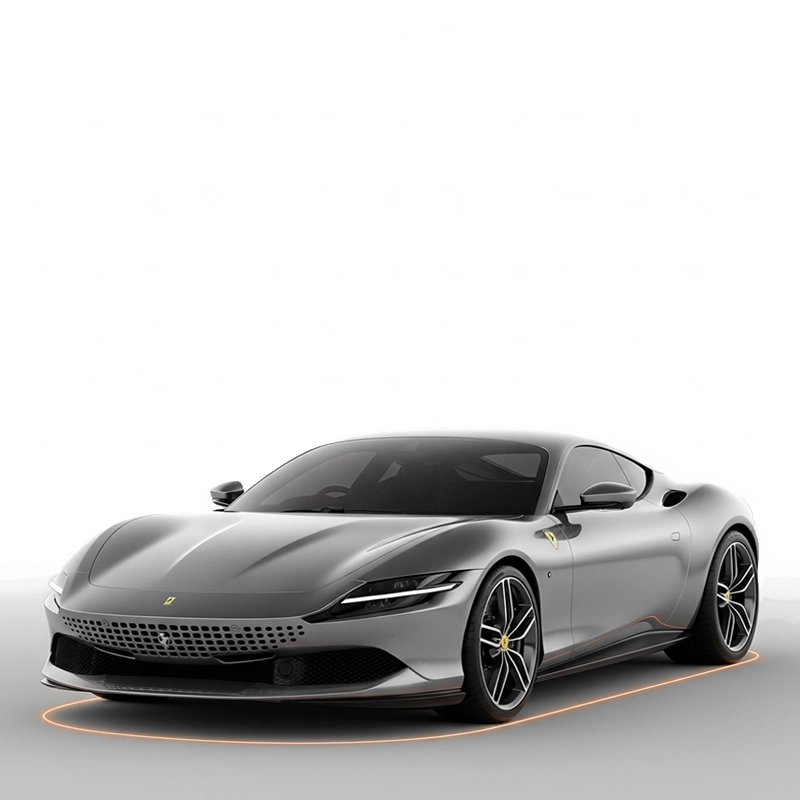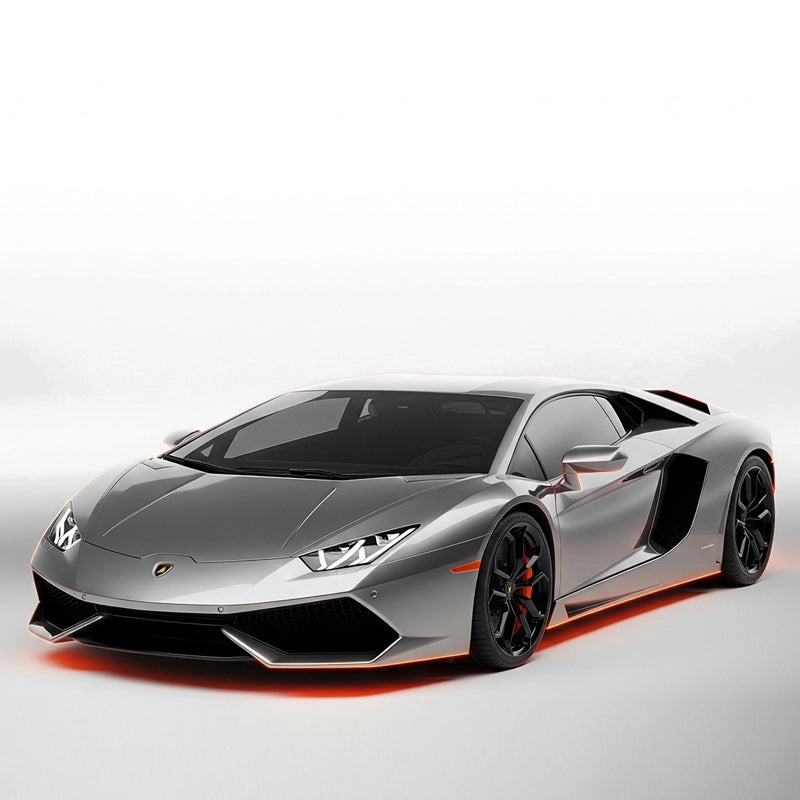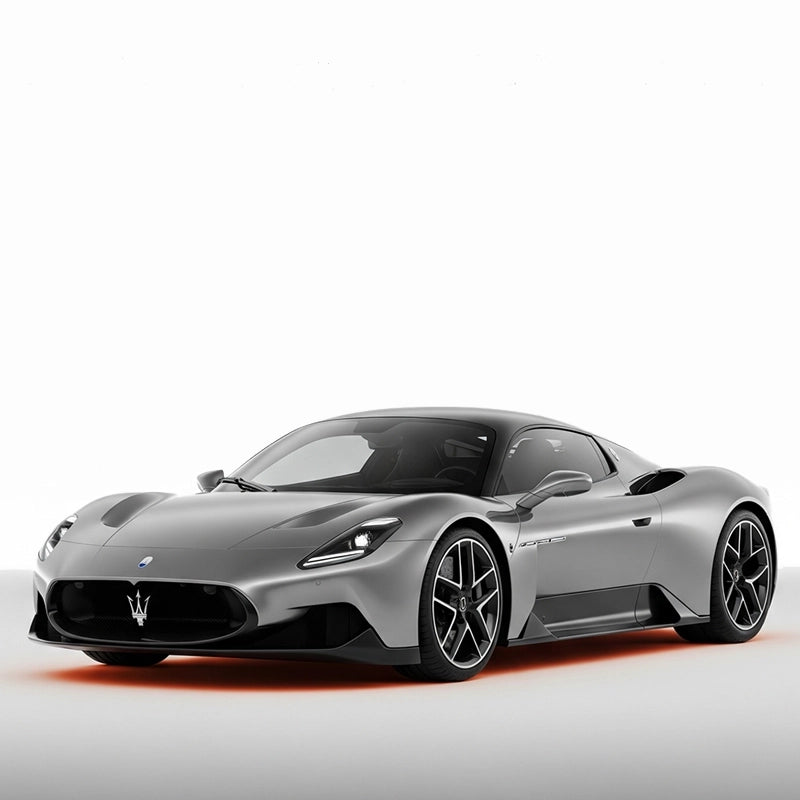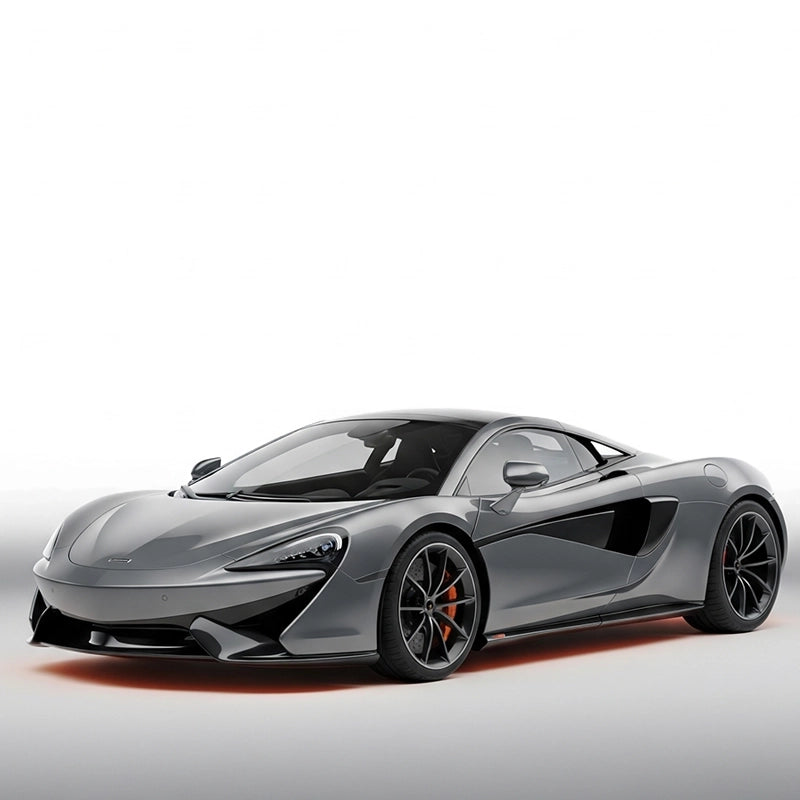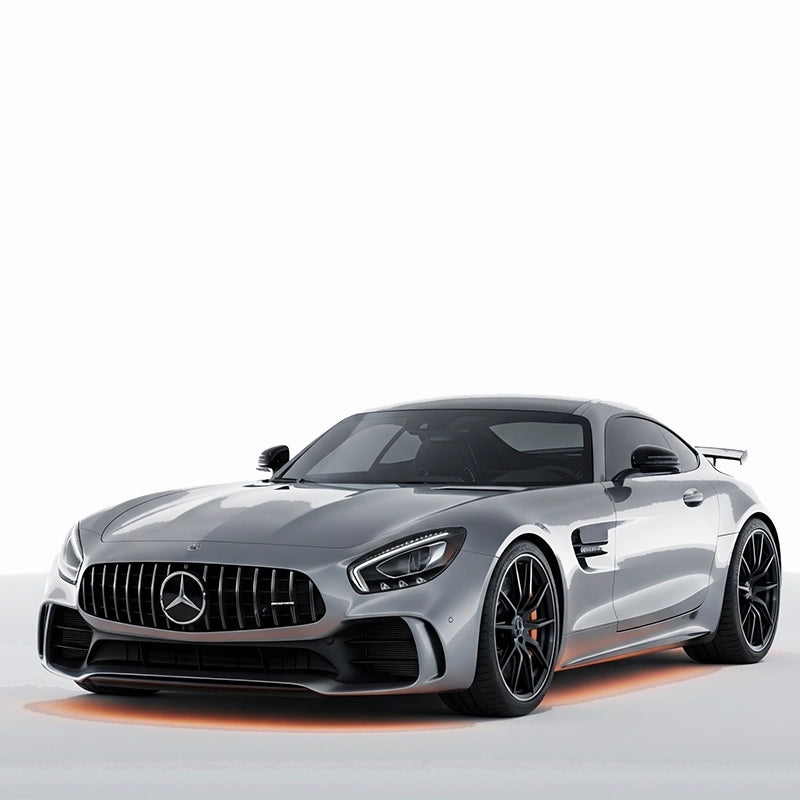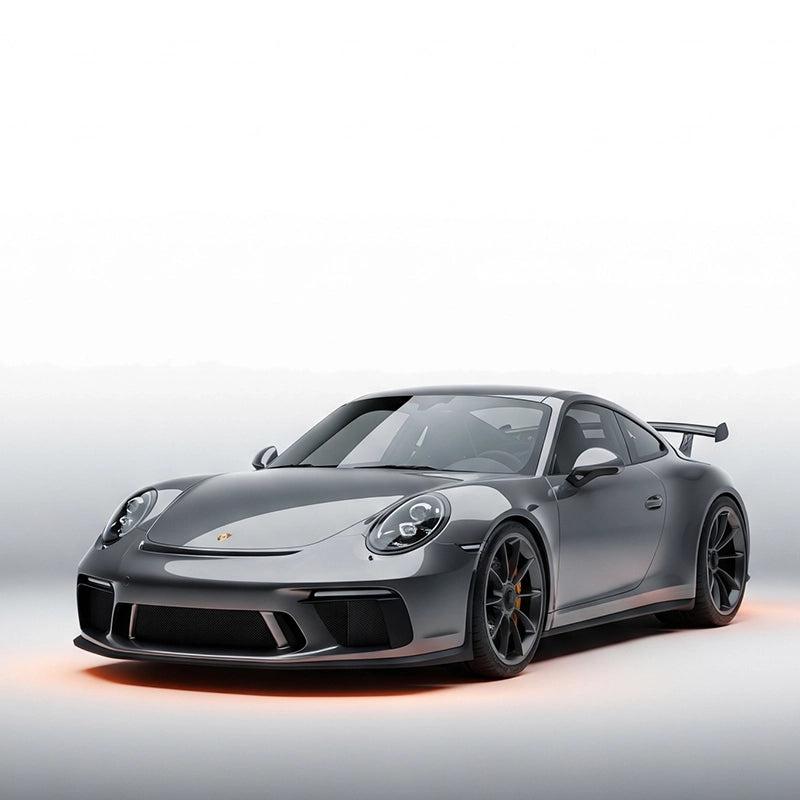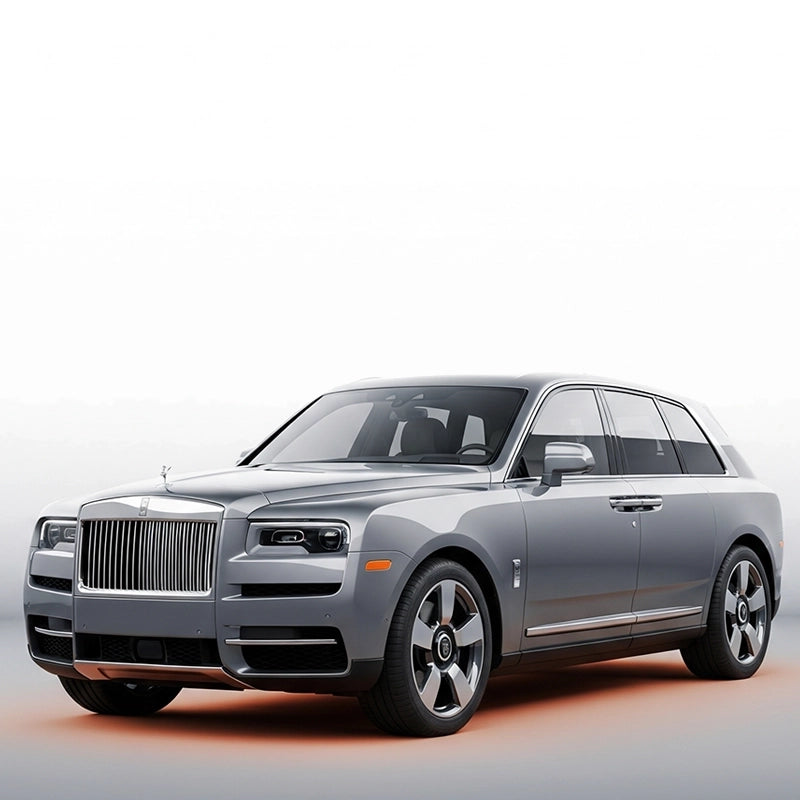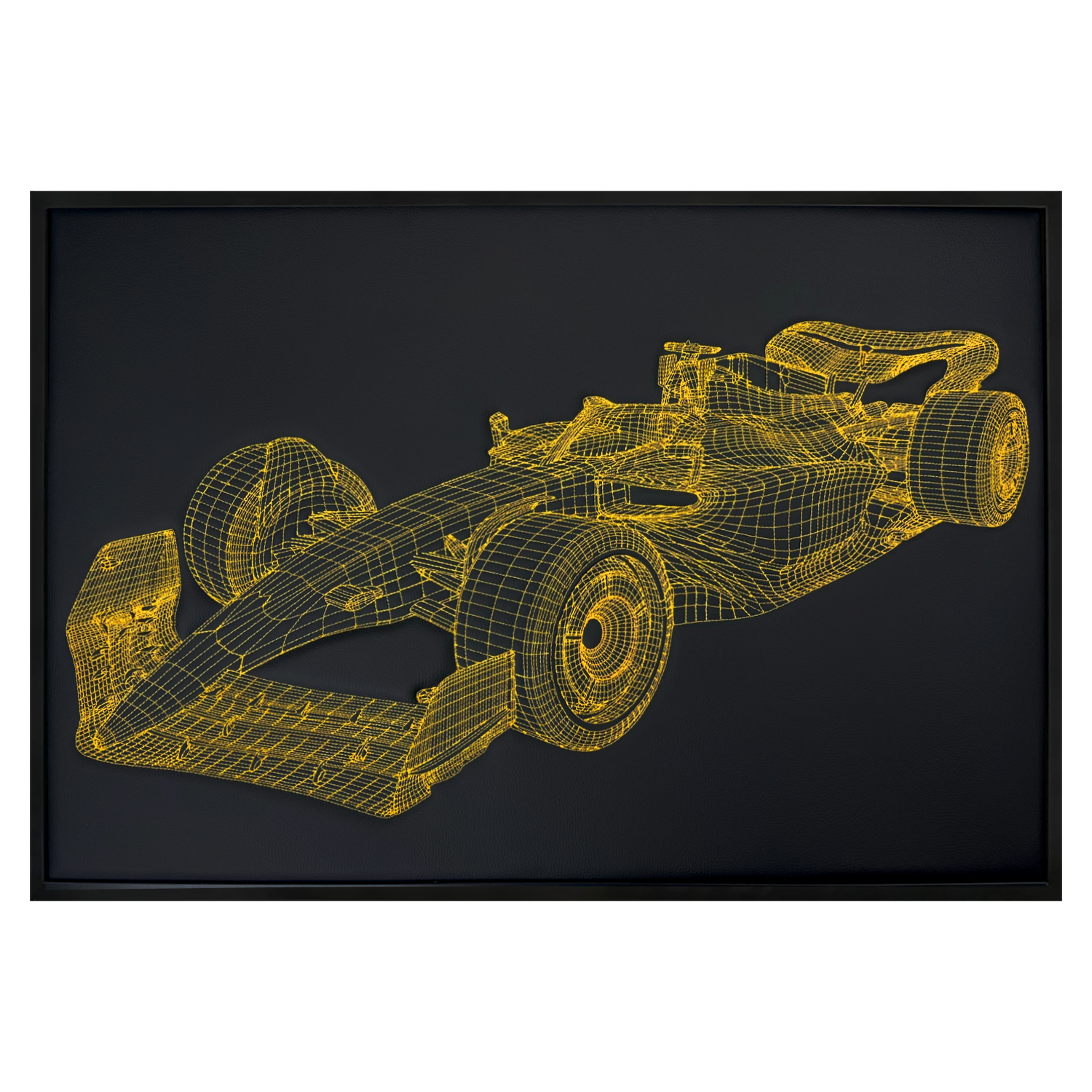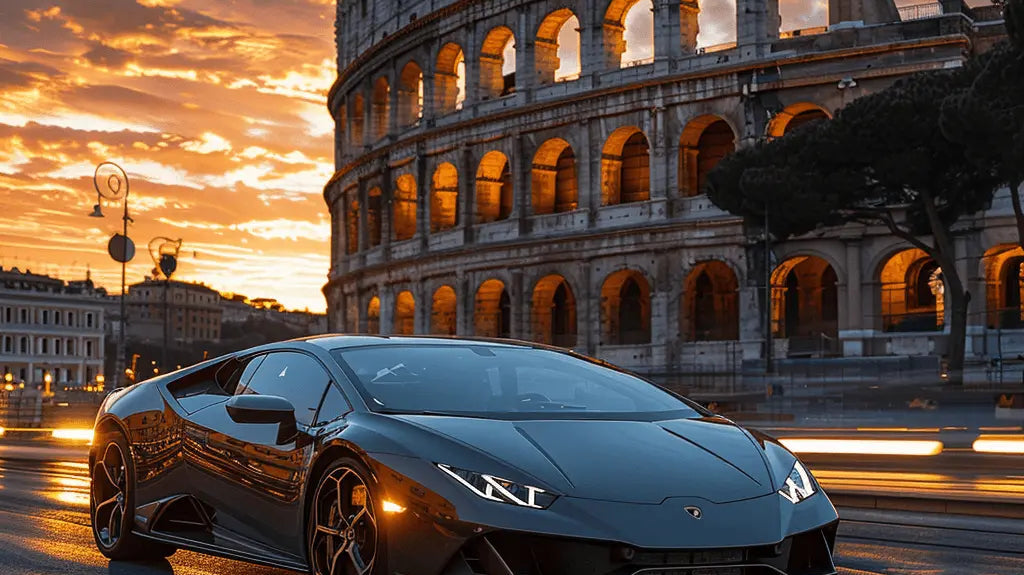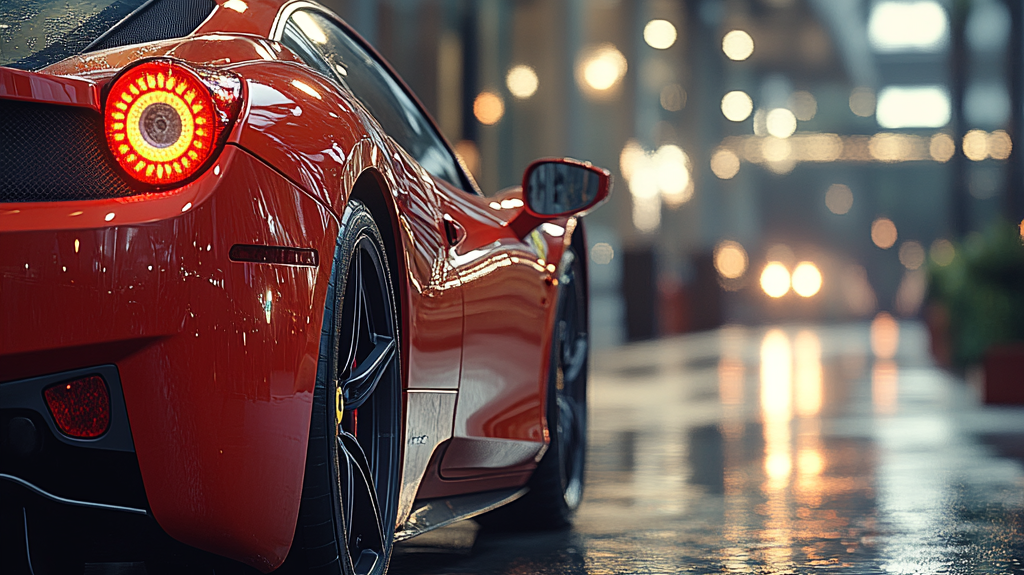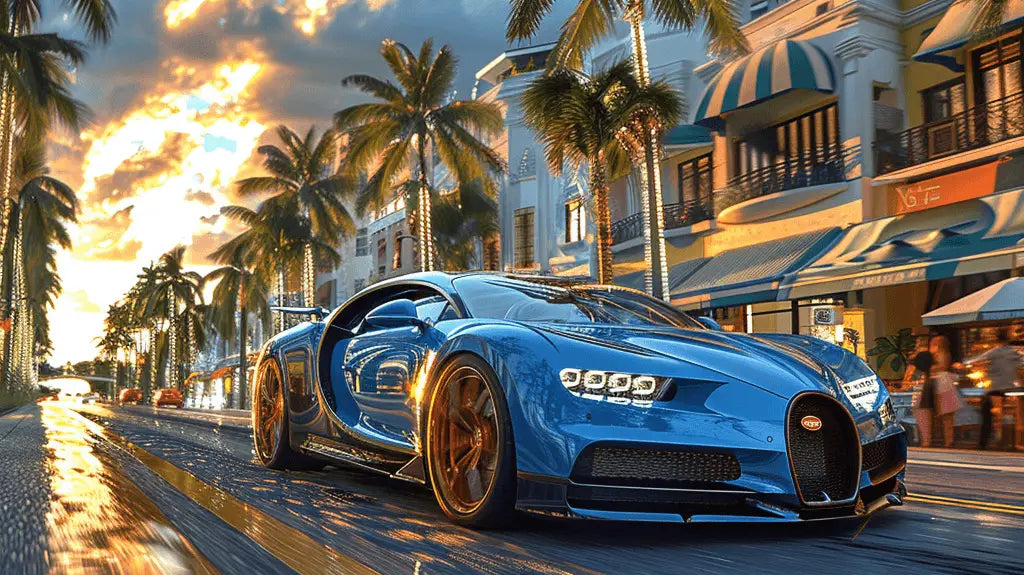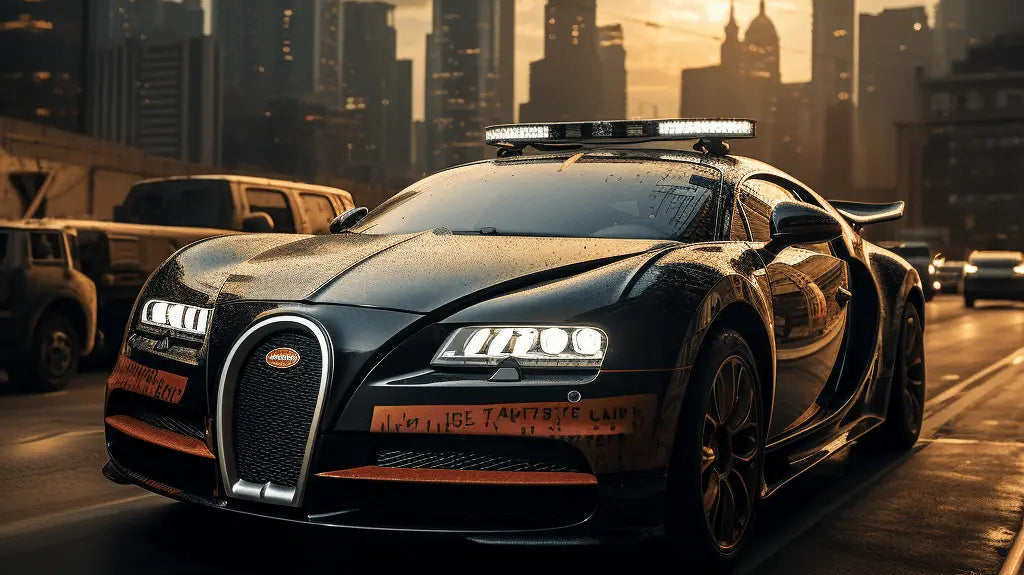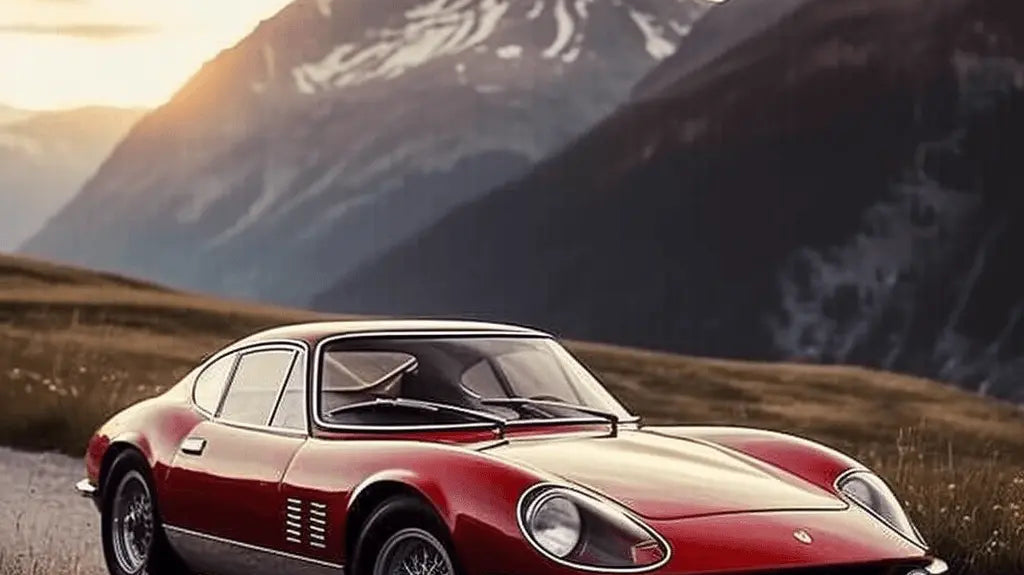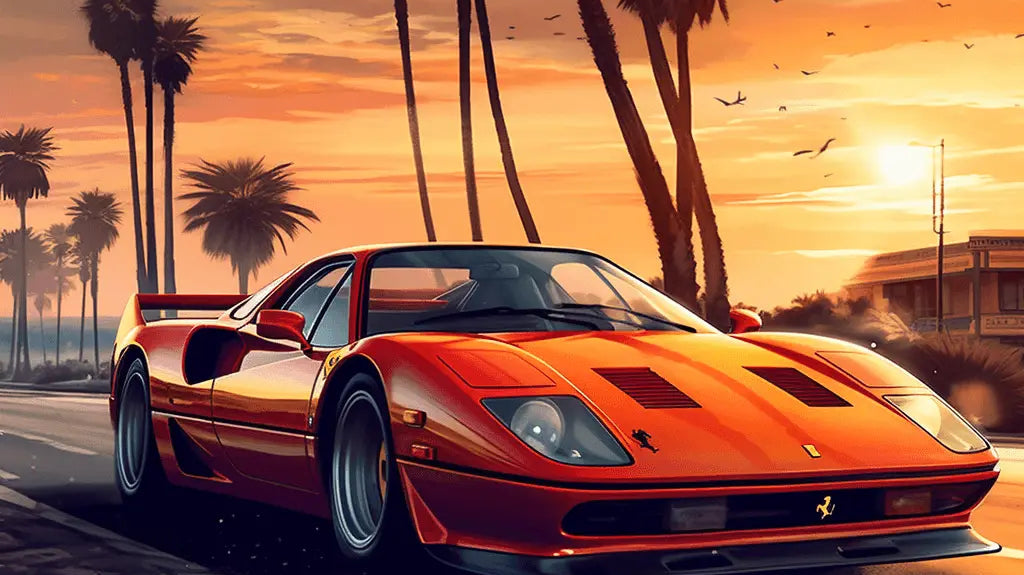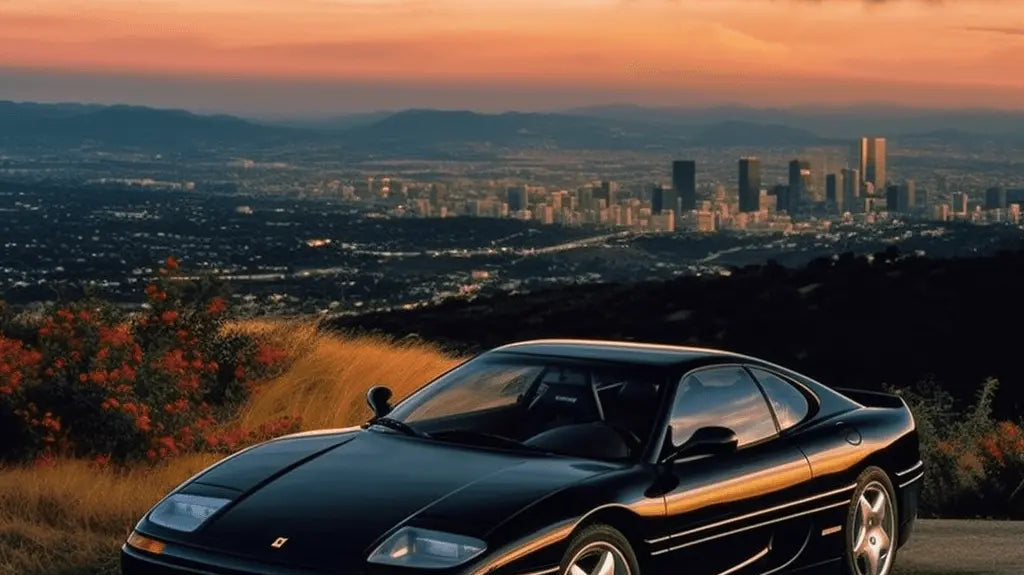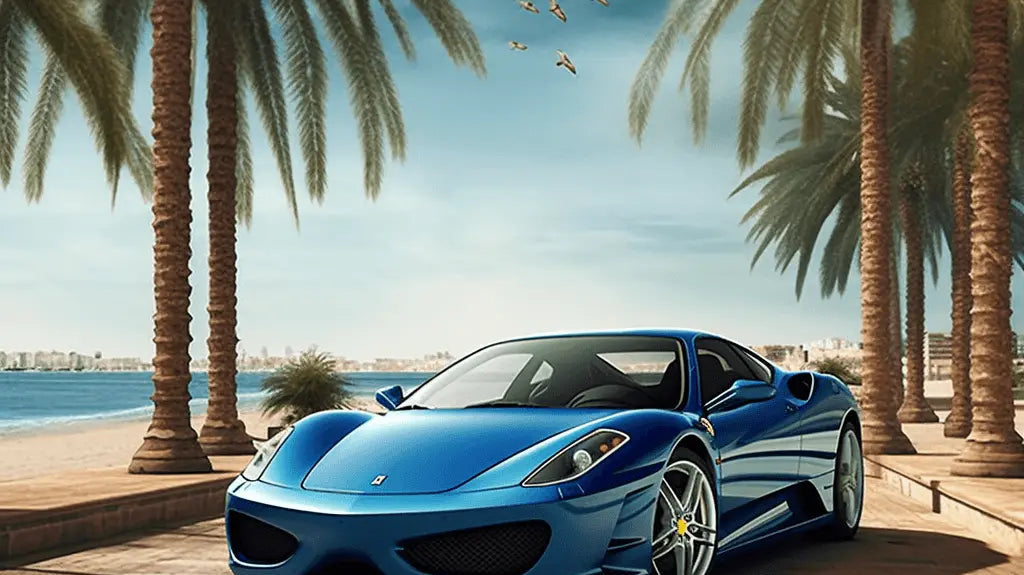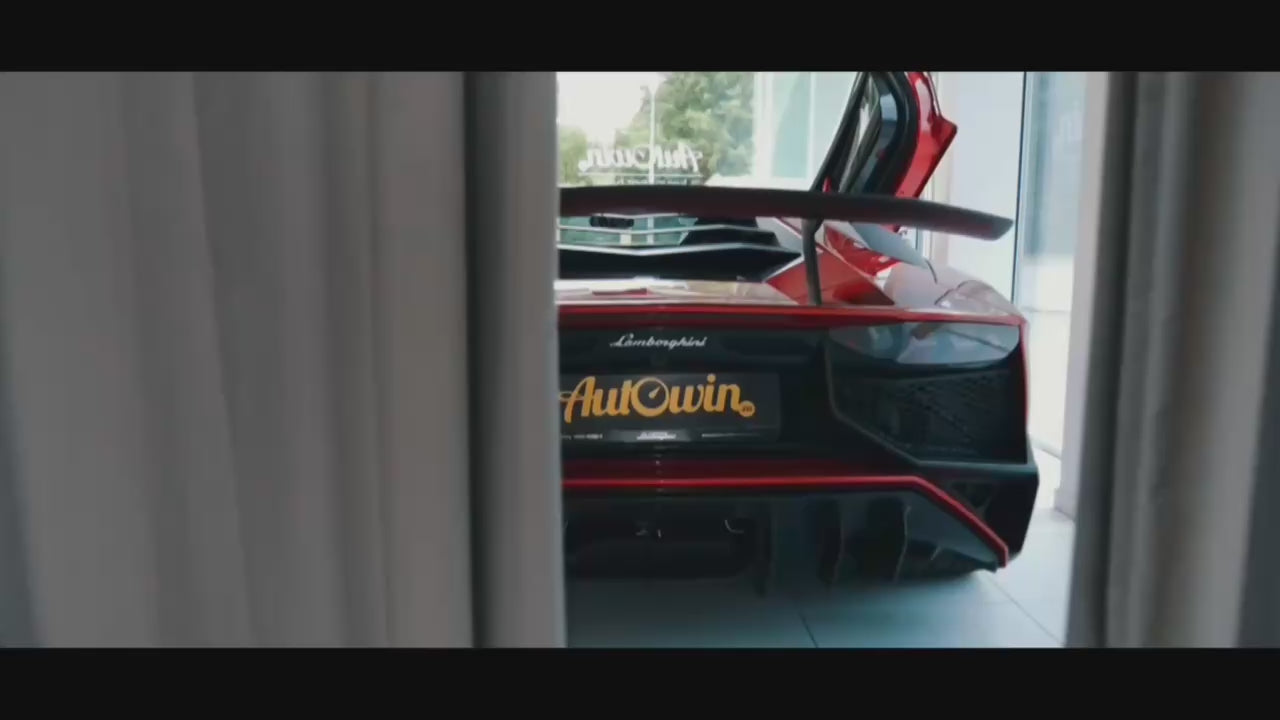Lamborghini Huracan: History, Upgrades, and Real-World Ownership
I remember the first time I slid into a Lamborghini Huracan on a rain-polished backroad. The starter button flips up like a red fighter-jet trigger, the 5.2‑liter V10 fires, and—honestly—I wasn’t sure at first if I’d woken the neighbors or the entire zip code. A decade on from its 2014 debut, this Italian wedge is still a proper event. It’s also one of the few modern exotics that feels as intuitive as it is intimidating. Daily drivable? With a few caveats. But we’ll get to that.

A Brief History of the Lamborghini Huracan
The Lamborghini Huracan replaced the Gallardo in 2014 and instantly raised the bar for the “everyday supercar.” It brought cleaner lines, a stiffer chassis, and a dual-clutch gearbox that actually liked stop-and-go traffic—imagine that in a V10 Lambo. Over the years, we’ve seen it evolve: LP610-4, rear-drive LP580-2, the sharper EVO, the track-bent STO, the prettier-than-you-remember Tecnica, and the wonderfully unhinged Sterrato, which I took onto a gravel road once just to see if I’d lost my mind. Verdict: maybe a little, but the Huracan loved it.

Driving the Lamborghini Huracan: The Sensory Overload You Want
Under the glass: a naturally aspirated 5.2‑liter V10. Depending on trim, you’re looking at roughly 602–631 hp and up to 443 lb‑ft. The seven-speed dual-clutch snaps off shifts as if it’s trying to impress you (it will). 0–60 mph? Figure 2.8–3.1 seconds depending on spec, surface, and bravery level. It’s not just fast; it’s clean. The throttle is scalpel-precise, the steering stays light but honest, and when I tried it on rough roads with the magnetorheological dampers, it softened just enough to keep your spine—and your passenger—on speaking terms.
Quirks? A few. Visibility is more “letterbox” than “picture window.” The infotainment moved around year to year and never quite felt as slick as a 911’s. And at highway speed, tire roar is loud enough to hear your kids arguing in the back—if you could fit them. On a mountain run, though, the Huracan is confidence in neon paint. It’s the sort of car that makes you take the long way to breakfast. No apology needed.
Real-world notes from the driver’s seat
- Cabin fit: snug but workable for tall drivers; I’ve done three-hour stints without stretching like a pretzel.
- Nose-lift is essential for city garages and steep driveways; without it, expect scraped carbon and wounded pride.
- Apple CarPlay/Android Auto improved later; early cars can feel a generation behind.
- Brakes are heroic; carbon ceramics handle track days without turning to fondue.
- Storage is “weekend” not “gap year”—a soft duffel, not your entire life story.
Parts and Accessories for the Lamborghini Huracan
Keeping a Lamborghini Huracan sharp isn’t only about shiny paint and octane bills. Suspension bushings and dampers make a huge difference in steering feel; fresh tires transform the car more than any dyno number. I’ve felt tired dampers turn a once-crisp Huracan into a bouncy castle—easy fix with quality components.
- Suspension: quality coilovers or OE-style adaptive dampers keep handling razor-like without ruining ride quality.
- Exhaust: the stock note is operatic; freer-flowing systems bring more volume and a dollop of power—just mind local noise regs.
- Brakes: track rats should look at fresh pads and fluid before chasing big-power mods.
- Interior: custom mats and trim protect resale and your sanity. Track dust happens.
I’ve swapped exhausts on a few friends’ cars, and the Huracan responds beautifully: crisper midrange, weight savings, and a cold-start bark that doubles as a neighborhood alarm clock. Just be selective—fitment and cabin drone separate the keepers from the regret buys.
Floor Mats for the Lamborghini Huracan
Floor mats sound boring—until you track your car, wear gravel into the footwells, and wonder why your pristine Huracan suddenly looks like a rally car. Good mats trap dirt, protect the carpet, and stop your heel from skating during spirited shifts. They’re also a quiet nod to future resale. Pro tip: choose mats designed for the Huracan’s footwell shape and OE retention points so they stay put under hard braking.
Personally, I like a subtle contrast stitch to break up the black interior, but if you’re in a brighter mood—Miami night out, anyone?—color-accented mats work a treat.
Lamborghini Huracan vs. Rivals: Where It Lands
| Car | Engine | Power | 0–60 mph | Character |
|---|---|---|---|---|
| Lamborghini Huracan (EVO/STO) | 5.2L NA V10 | 602–631 hp | 2.8–3.1 s | High-rev theater, point-and-squirt precision |
| Ferrari F8 Tributo | 3.9L TT V8 | 710 hp | 2.8 s | Turbo punch, velvet steering, more GT than you think |
| McLaren 720S | 4.0L TT V8 | 710 hp | 2.7 s | Alien-fast, featherweight feel, clinical cool |
| Porsche 911 Turbo S | 3.7L TT flat‑6 | 640 hp | 2.5 s | Everyday rocket, brilliant tech, stealthy |
Feature Highlights That Make the Lamborghini Huracan Special
- 5.2‑liter naturally aspirated V10 with a spine-tingling 8,000+ rpm wail
- Seven-speed dual-clutch with lightning-quick shifts and calm urban manners
- All-wheel drive (select models) or purist-friendly rear-drive variants
- Adaptive dampers that can be firm for a canyon sprint or pliant for city potholes
- Cabin design that still looks like it’s been smuggled out of a sci‑fi set—in a good way
Conclusion: Why the Lamborghini Huracan Still Hooks Enthusiasts
The Lamborghini Huracan wins because it combines theater with trust. It’s loud and extroverted—of course it is—but it’s also approachable, reliable by exotic standards, and shockingly usable if you option the right bits (hello, nose‑lift and quality floor mats). Whether you’re carving canyons, doing coffee runs, or plotting an Alpine long weekend, the Huracan delivers the kind of memory-making drive that competitors sometimes sterilize with perfection. It’s imperfect in all the right ways—and that’s why I still love it.
FAQs: Lamborghini Huracan Ownership
Is the Lamborghini Huracan reliable enough for daily driving?
Surprisingly, yes—if you keep up with maintenance. The V10 is stout, and the dual-clutch is well-proven. Budget for consumables (tires, pads) and you’ll be fine.
What’s the 0–60 time of a Huracan?
Most trims run 0–60 mph in about 2.8–3.1 seconds. Track prep, tires, and surface matter as much as the spec sheet.
Should I get all-wheel drive or rear-wheel drive?
AWD models (LP610-4/EVO) provide huge traction and confidence year-round. RWD variants feel lighter on their feet and more playful—great for experienced drivers in fair weather.
Do upgraded exhausts make a difference?
Yes. A quality system reduces weight, sharpens response, and elevates the soundtrack. Just verify fitment on your exact model year and consider legal noise limits.
Which floor mats fit the Huracan best?
Choose mats designed specifically for the Huracan with OE retention points for safety. Options include leather, Alcantara, and carbon-look finishes: browse Huracan floor mats here.

